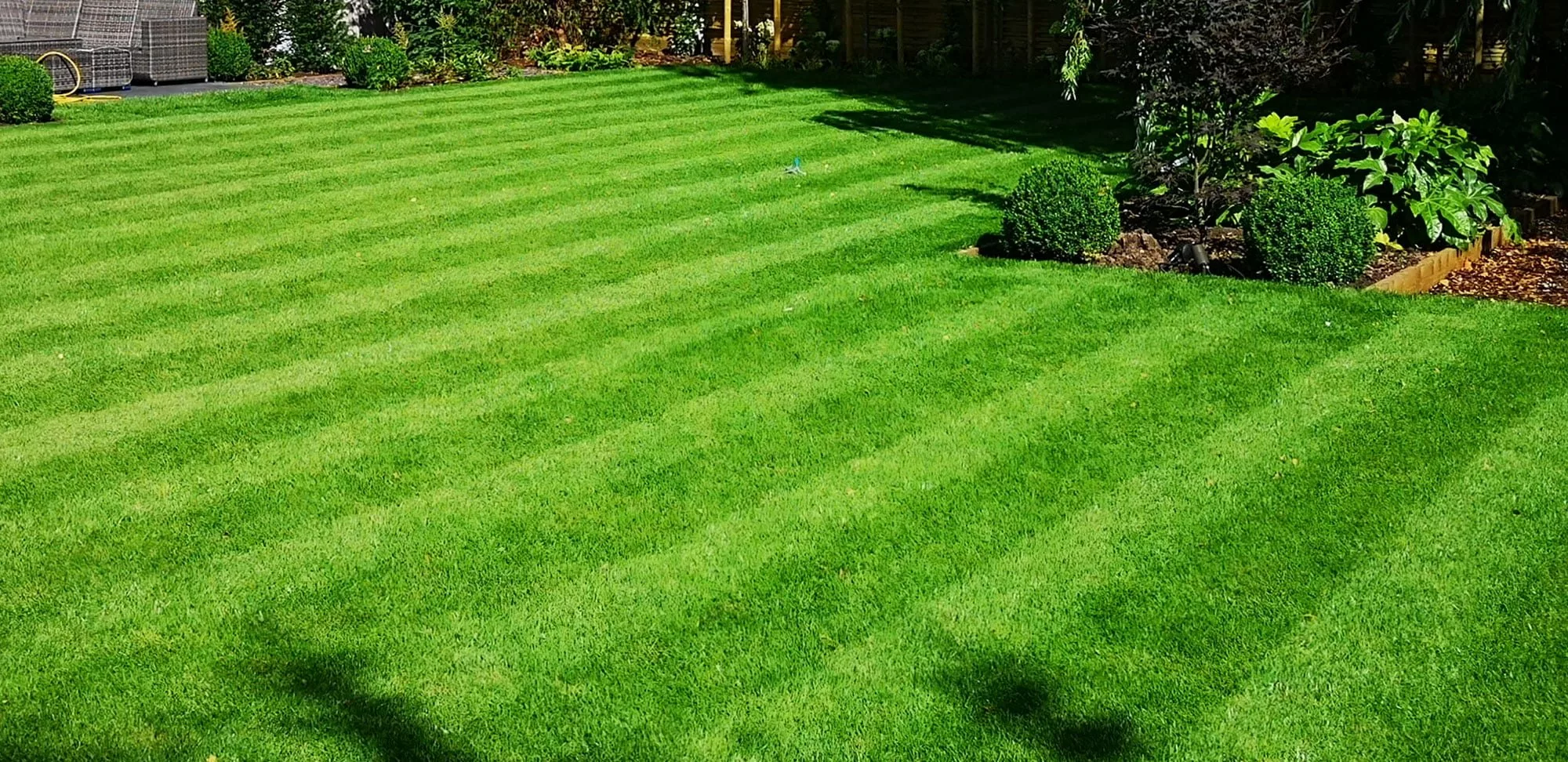Lawn Care 101
Overseeding: Why and How

Overseeding for a healthy lawn.
Overseeding is a crucial lawn care practice that involves planting new grass seed into an existing lawn to improve its density, color, and overall health. Whether your lawn is thinning out or you're aiming for a lush, green carpet, understanding the overseeding process can help you achieve the best results.
What is Overseeding?
Overseeding is the process of spreading new grass seed over your existing lawn without turning the soil. It’s a straightforward technique used to rejuvenate lawns, fill in bare spots, and enhance the lawn's resilience against weeds and pests.
How to Overseed.
- Prepare the Lawn:
- Mow your lawn to a shorter height than usual.
- Rake up any debris and thatch to expose the soil.
- Choose the Right Seed:
- Select a high-quality seed that is compatible with your existing grass type and climate.
- Spread the Seed:
- Use a broadcast spreader for even seed distribution.
- First walk around the perimeter of the lawn, then do even passes across the lawn overlapping slightly.
- Fertilize:
- Apply a starter fertilizer to provide essential nutrients for the new grass. Focus on higher Potassium and Phosphorus over Nitrogen, as we want to increase germination and root health.
- Water Regularly:
- Keep the soil consistently moist until the seeds germinate.
- Water lightly and frequently for the first few weeks, then gradually reduce the frequency as the grass establishes.
- Maintain Your Lawn:
- Continue regular lawn care practices, including mowing, watering, and fertilizing, to encourage strong growth.
Why is Overseeding important?
- Improves Lawn Density: Over time, grass can thin out due to wear and tear, pests, diseases, and environmental stress. Overseeding helps thicken your lawn, creating a more robust turf.
- Enhances Color and Texture: Different grass varieties offer various shades of green and textures. Overseeding with high-quality seeds can enhance the aesthetic appeal of your lawn.
- Increases Resistance to Diseases: A dense, healthy lawn is better equipped to resist diseases and pests, reducing the need for chemical treatments.
- Reduces Weeds: A thicker lawn can crowd out weeds, making it harder for them to establish and grow.

Conclusion
Overseeding is a vital lawn care practice that involves spreading new grass seed over an existing lawn to improve its density, color, and health. This process helps thicken your lawn, enhance its appearance, and increase its resistance to diseases and weeds. The best time to overseed depends on your grass type, and the key steps include preparing the lawn, choosing the right seed, spreading it evenly, fertilizing, and regular watering.
Learn more about patch repairs here.
Learn more about aeration here.
